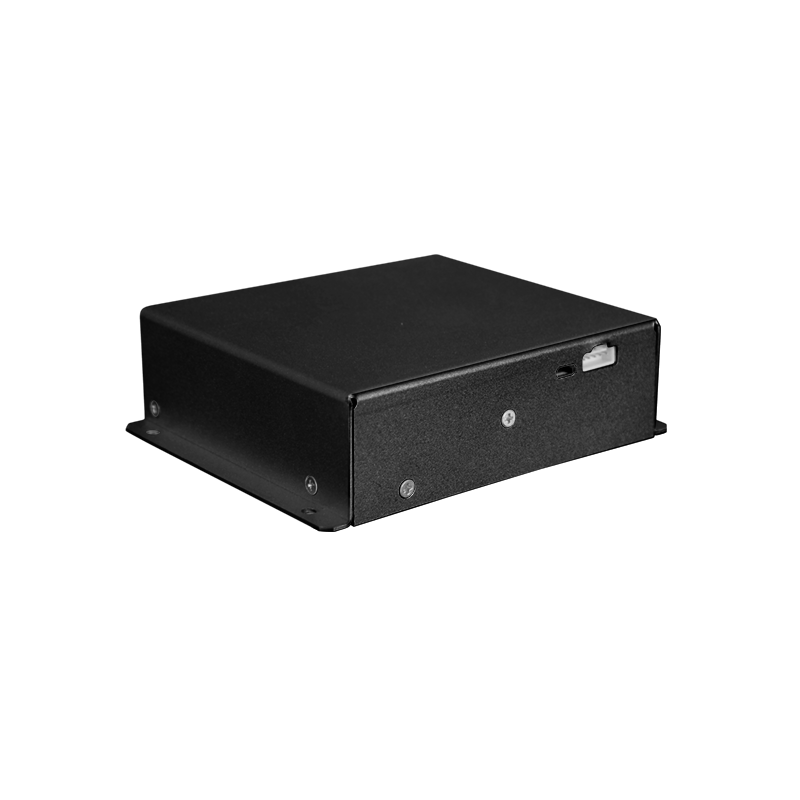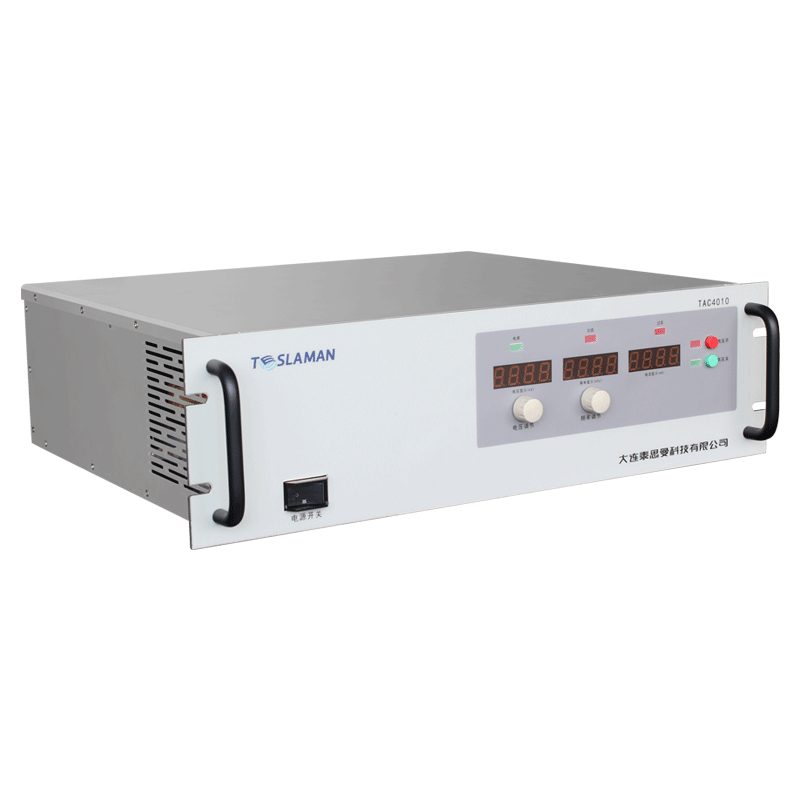Innovations in Thermal Management for Excimer Laser High-Voltage Power Supplies
Excimer lasers, as high-energy pulsed ultraviolet sources, are indispensable in lithography, medical treatments, and precision machining. However, their high-voltage power supplies generate significant heat (with electrical-to-optical conversion typically below 10%). Inefficient heat dissipation can cause gas temperature fluctuations, discharge instability, and laser energy drift. Recent advancements in thermal management focus on three areas: heat exchanger optimization, cooling system enhancements, and intelligent temperature control.
1. Heat Exchanger Innovation: From Circular Tubes to Variable-Diameter Elliptic Tubes
Traditional heat exchangers with uniform-diameter circular tubes suffer from large stagnant zones and wake regions, reducing local convective heat transfer coefficients and increasing gas flow resistance. Modern designs feature two key improvements:
1. Elliptic Tubes Replace Circular Tubes: The elliptical cross-section promotes streamlined airflow, reducing low-velocity and wake regions. This cuts aerodynamic resistance by 15%–30% and boosts convective heat transfer by 10%–20%.
2. Variable-Diameter Annular Fins: Fins are designed with larger diameters in the central region and smaller diameters at the ends, either gradually or stepwise. This adapts to the gas velocity profile (faster in the center, slower at edges), increasing the heat dissipation area in high-flow zones while improving velocity uniformity. Tests show 20% better flow homogeneity and 30% higher thermal efficiency.
2. Cooling System Upgrades: Liquid Cooling and Heat Pipes
High-power density (up to kW/cm³) and compact layouts demand efficient cooling:
1. Liquid Cooling: Deionized water or specialized coolants circulate through microchannel heat exchangers. For example, oil-cooled tanks coupled with multi-layer heat exchangers achieve 40% higher efficiency than air cooling.
2. Heat Pipe Integration: Embedded heat pipes target localized hotspots (e.g., IGBT modules), using phase change to transfer heat to external fins. With thermal conductivity exceeding copper by 5×, heat pipes suit miniaturized power supplies.
3. Intelligent Thermal Control: Multi-Variable Coordination and Predictive Regulation
Conventional single-point PID control struggles with multi-input-multi-output (MIMO) thermal coupling. Next-gen solutions leverage:
1. Neural Network PID Controllers:
• Architecture: A three-layer forward network (e.g., 6×9×5 structure) with parallel subnets processes inputs (gas temperature, cavity wall temperature, coolant temperature) and independently controls actuators (valves, heaters).
• Advantage: Self-learning decouples variables and dynamically optimizes PID parameters. Integrated with energy detection modules, it preempts thermal load changes, limiting temperature fluctuations to ±0.5°C.
2. Hierarchical Cooling:
• Primary channels (heat exchangers) regulate gas temperature;
• Auxiliary cavity coolers cover external walls for extended surface area;
• Electric heaters enable rapid warm-up during cold starts.
4. Materials and Manufacturing Progress
1. High-Thermal-Conductivity Materials: Nickel-plated copper heat exchangers balance thermal conductivity (copper λ = 400 W/m·K) and corrosion resistance. Nano-composite thermal pastes (λ = 5–10 W/m·K) fill interfacial gaps.
2. Integrated Manufacturing: Elliptic tubes, variable fins, and flanges are machined or welded as a single unit to avoid thermal stress from material mismatch.
--
Conclusion
Thermal management for excimer laser power supplies requires synergistic design. Variable-diameter elliptic tubes enhance airflow, liquid-heat pipe hybrids tackle power density, and neural network PID enables precise multi-variable control. These innovations support kHz-level high-repetition operation and extend laser lifespan. As ultrafast lasers advance toward higher powers, future thermal systems will prioritize lower resistance, uniform temperature distribution, and intelligent adaptation.




















